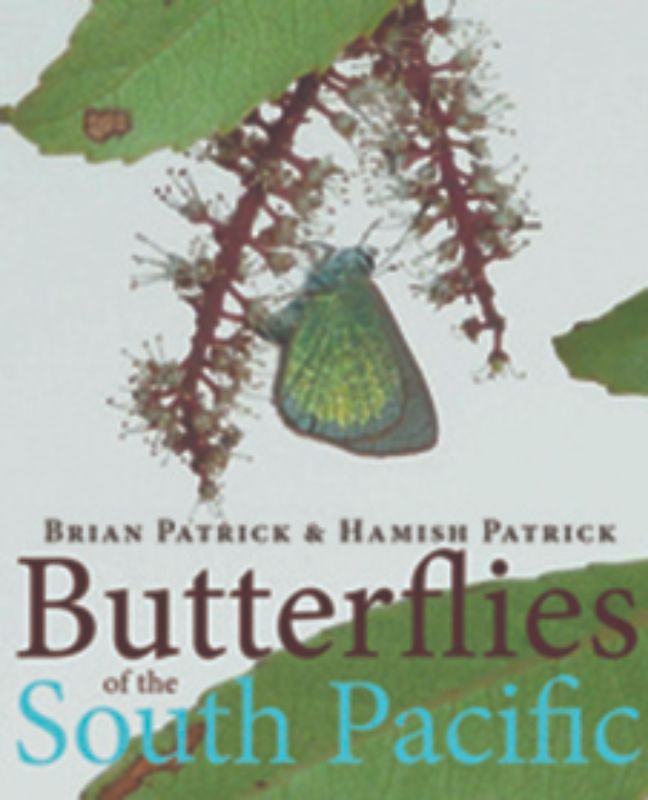Butterflies of the South Pacific
Embark on an extraordinary journey through the tropical paradise of the South Pacific with 'Butterflies of the South Pacific' by Brian Patrick. This stunning hardback book, featuring 240 pages of breathtaking photography and in-depth research, serves as an essential guide for butterfly lovers and naturalists alike. Explore the unique butterfly species inhabiting the remote islands—from the beautiful Kiribati and Fiji to the mesmerizing Marquesas and Austral Islands in French Polynesia. This comprehensive butterfly identification book also captures the butterfly flora of Hawai’i and temperate New Zealand, enriching your understanding of their delicate ecosystems.
As you navigate through the lush pages, you'll discover the remarkable adaptability of these resilient creatures who have colonized the diverse environments of the Pacific Islands. Delve into the multifaceted relationships between butterflies and their habitats while gaining insights into the significant impacts of human activity and migration on butterfly conservation.
Whether you're a dedicated entomologist, an ecology buff, or simply someone enchanted by nature’s wonders, 'Butterflies of the South Pacific' is a must-have addition to your library. This vibrant visual chronicle emphasizes the urgent need for conservation efforts, showcasing the rich biodiversity of the South Pacific and urging readers to appreciate and protect these exquisite butterflies. Embrace this captivating world of butterflies today!
Delivery Information
Delivery Information
Delivery takes 3-12 business days after dispatch from our fulfillment center, unless stated otherwise. In most cases, your order will arrive before the 12-day mark; however, some items may take up to the full 12 working days.
Payment & Security
Payment methods
Your payment information is processed securely. We do not store credit card details nor have access to your credit card information.


